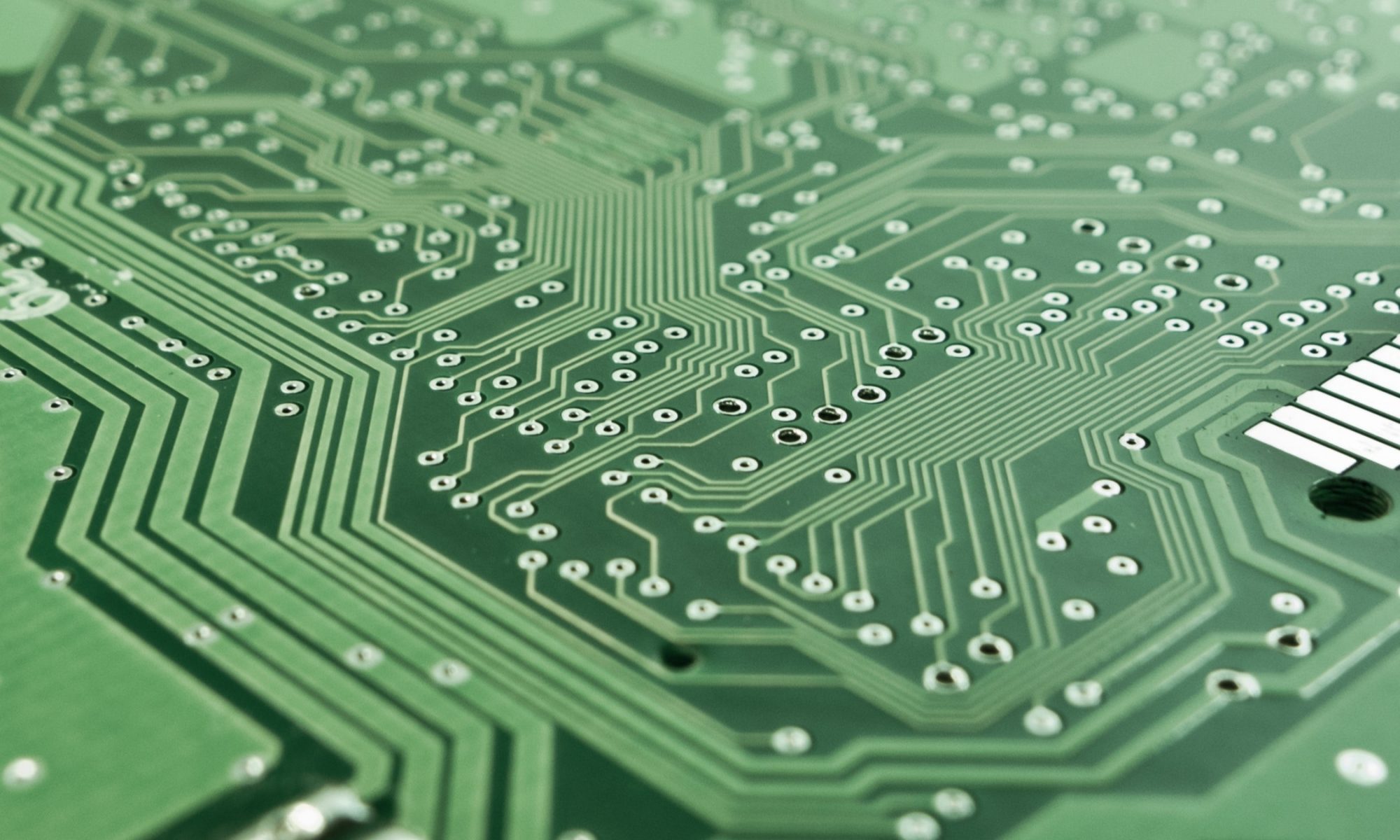Isabelle (Year 9) looks at the potential of quantum computing, delivering an informative video and article outlining this fascinating innovation.
We need to know the potential of quantum computing, the powerful approach to computation that our world is moving into.
There are endless ways in which we can use quantum computing. The first is from a biological aspect. A mysterious aspect of this subject are enzymes and understanding these can help to produce medicines for various major diseases. However, we don’t know a lot about enzymes due to their incredibly complex structures. Normal computers are also unable to model such a complex structure, so we need a different solution: a quantum computer. Quantum computers could predict this structure, along with several other properties.
This is just one example, but quantum computers could resolve so many problems in healthcare and can be applied to several different industries such as finance, transportation, chemicals and cybersecurity. The promise is that quantum computers can solve problems which we have pondered for years in a matter of a few hours.
And yes, it will take years, perhaps decades for this to develop in a way where the value is significant enough for many businesses, however it is important to know how it would work and what it could solve. Then, businesses can truly use quantum computers to their full potential.
How does a quantum computer work?
It is hard for the ‘normal’ computers that we use daily to solve complex problems. But this quantum computer has to potential to be able to solve specific, very complex problems, fast. It won’t replace our ‘normal’ computers; it will improve research. But here are two differences that make these quantum computers so powerful:
1. Our ‘normal’ computers use binary numbers – bits. They are made up of two number (one and off): one and zero. But these quantum computers are designed to use ‘qubits’, which can also represent a combination of one and zero.
2. 2. Our ‘normal’ computer can manage one calculation and one input. But the quantum computers can manage more. This gives the quantum computers their speed – they will be able to process multiple calculations simultaneously, with several inputs.
So, let’s combine this: if we have ‘n’ qubits, then the quantum computer is able to process many at once. That is fast and powerful.
Classical computing has the skill to find one particular result. However, a quantum computer is able to bring it down to a small range, which is so much faster. Afterwards, we can then use a classical computer to find one particular result, but it would take much longer to only use classical computers. The idea is there, but there are challenges which stop us from developing this so far.
Obstacles
We describe something as volatile if something is unstable. Qubits are volatile. In the ‘normal’ computers today, we have a bit which is 1 or 0. It is important that this bit on a computer chip does not interfere with other bits on the same computer chip, and we have managed to do this. However, the quantum computers would need to develop a structure where the qubits can interact with each other, so that they can process several calculations and inputs at once.
What then makes these qubits so volatile is that we need to be able to control these interactions. We need to allow them to interact, while still ensuring that no inputs are changed or deleted, which would harm the accuracy. This is a technical difficulty.
So, what happens now? The idea of quantum computing has been around since 1980, but only at the end of 2019 was there proof that it was really possible.
Source: McKinsey Quarterly Feb 2020

